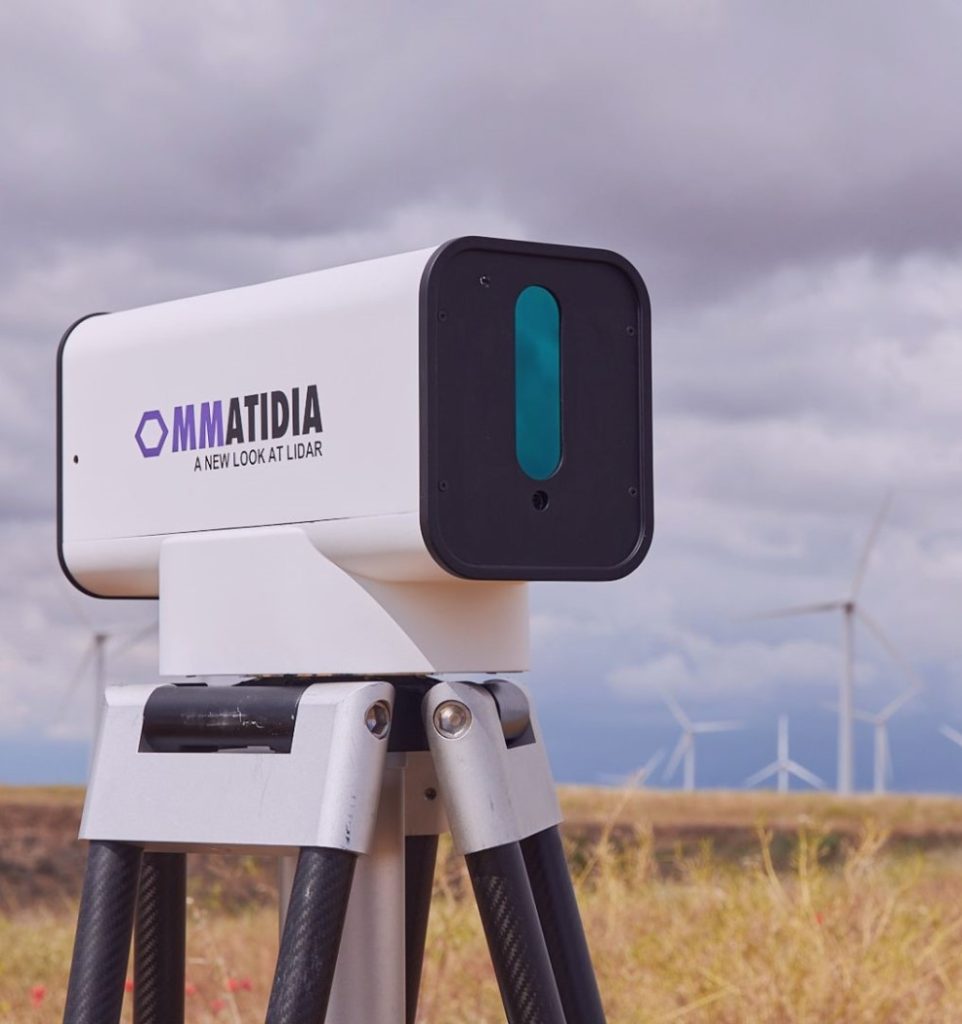
Infrastructure serves as the backbone of every modern society, from the roads we drive on to the bridges we trust and the buildings we occupy. However, aging infrastructure and increasing demands can lead to safety concerns and costly disruptions. Infrastructure monitoring plays a critical role in ensuring long-term stability and safety by providing proactive insights and identifying risks before they become major issues.
This article explores the key benefits of effective infrastructure monitoring and how it contributes to building a safer, more resilient future.
Real-Time Risk Assessment
One of the primary benefits of infrastructure monitoring is its ability to provide real-time updates on structural health. Using advanced sensors and data analytics, engineers can monitor factors like load, vibrations, and temperature changes in bridges, tunnels, highways, and other critical infrastructures.
For example, monitoring systems can detect rising stress levels in a bridge due to increased vehicle load or extreme temperatures. With this information, engineers can address issues immediately, preventing accidents or damage. Regular analysis of such data ensures that risks are identified early and addressed before structural failures occur, improving the overall safety of the infrastructure.
Cost Savings Through Predictive Maintenance
Infrastructure maintenance often involves significant resources and costs, especially when repairs are conducted after damages occur. Reactive maintenance can lead to prolonged downtimes and escalating repair costs.
Infrastructure monitoring helps prevent this by allowing predictive maintenance. Sensors and monitoring tools can analyze the lifecycle of materials and identify early signs of wear and tear. By detecting issues like cracks, corrosion, or excessive strain at an early stage, authorities can schedule maintenance proactively. This reduces long-term costs and minimizes disruptions to everyday activities.
Predictive maintenance has been shown to reduce maintenance costs by up to 30% in some sectors, providing long-term financial benefits while ensuring the integrity of critical structures.
Enhanced Safety for Communities
Public safety should always remain a top priority, and infrastructure monitoring ensures that risks do not compromise the well-being of communities. Early warning systems can identify potential hazards—such as structural deterioration, flooding risks, or landslides—before they result in harm. This proactive approach enables quicker responses and mitigation efforts.
For instance, during extreme weather events, monitoring tools can assess the stability of roads, bridges, and dams in real time. This information can guide authorities to take preventive measures like restricting access or reinforcing at-risk infrastructure. Ultimately, a well-monitored system protects both lives and property.
Improved Asset Management
Infrastructure systems represent valuable long-term investments. Regular monitoring offers asset managers clear visibility into the condition of their assets and helps optimize their management strategies. By knowing the exact state of their resources, organizations can allocate budgets more effectively, extend the lifespan of aging assets, and ensure compliance with safety standards.
Additionally, trends and patterns derived from monitoring data can provide valuable insights for future infrastructure planning, design, and investment decisions.
Increased Resilience During Emergencies
Infrastructure monitoring not only ensures day-to-day safety but also improves resilience during natural disasters or emergencies. Whether it’s an earthquake, a hurricane, or a sudden surge in traffic load, monitoring systems can assess how structures perform under extreme conditions.
By providing critical information about structural integrity post-event, monitoring tools enable faster, more efficient recovery efforts. This ensures that both personnel and resources are directed effectively toward the most urgent repairs or reinforcements.
